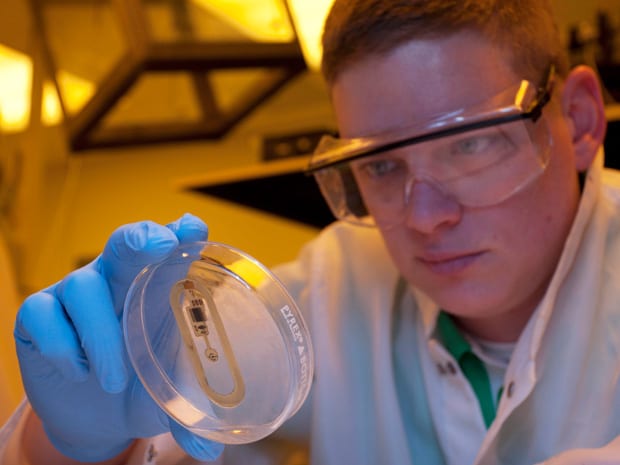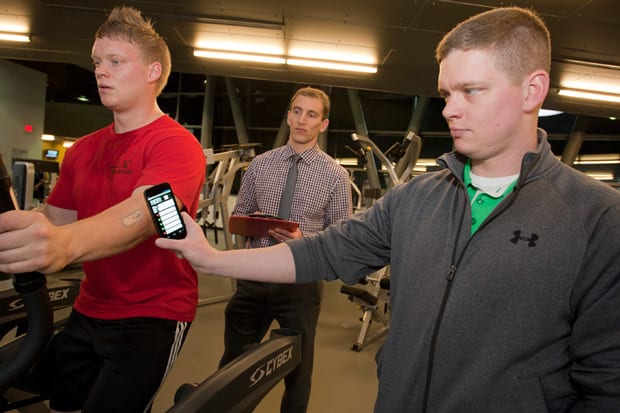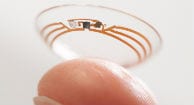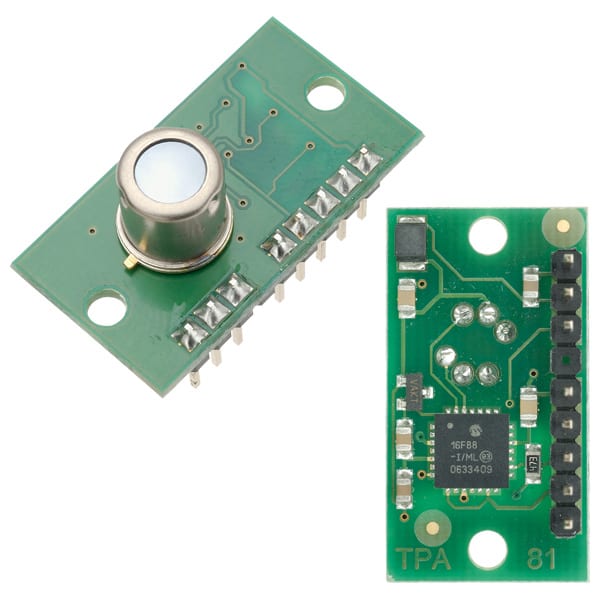With my concept locked into place with the whole preventing stress leading to depression I’ve found myself the perfect way to sit in between the implantation method and the massive on skin device, finding a medical document which is about an experiment with Epidermal tattoo potentiometric sodium sensors with wireless signal transduction for continuous non-invasive sweat monitoring.
Where my concept is different is the fact this test was done to monitor physical activity’s so by merging both the sensors used for the Air Force stated in my last post with this temporary tattoo application process I now have my product.
If you would like to take a look through the PDF click on the link provided:
http://www.sciencedirect.com/science/article/pii/S0956566313008257
FINAL CONCEPT – In short
A temporary tattoo which has micro sensors inside with the ability to send out data via NFC to a nearby smart phone then to a pc via email or USB. By being extremely small and flexible the device will suit anybody with virtually any lifestyle so restricted movement isn’t an issue. Excessive rubbing may wipe away the tattoo and sensors.
Why?
Yet again to stop medical centres getting overbooked for people with suspected depression or even general check-ups on current depression victims.
How?
By monitoring the sweat naturally produced by humans, looking specifically at what is inside, mainly Orexin-A which allows us to understand alertness, brain state and focus. All via a temporary tattoo either bought by the patient in advance or prescribed by a local GP before referring to a depression facility.
How is data analysed?
By using NFC to a smartphone data can be extracted by the user. With the interface of the mobile app makes self-diagnostics possible with simple charts which can be transferred to a pc or emailed directly to your GP for in-depth analysis.





